Finger Tattoos

So you’re thinking about getting a tattoo, but you want something small and discreet? Look no further than finger tattoos. These tiny pieces of body art have gained popularity in recent years due to their unique placement and minimalistic design. In this article, we will explore the world of finger tattoos, from the various designs to the pros and cons of getting inked in such a delicate area. Whether you’re considering a meaningful symbol or simply want to make a style statement, finger tattoos offer endless possibilities for self-expression.
Understanding Finger Tattoos (Please Pin These)
Definition of Finger Tattoos
Finger tattoos are a form of body art where designs, symbols, or words are permanently inked onto the skin of the fingers. Unlike traditional tattoos that are usually larger and placed on other parts of the body, finger tattoos are small and located on the fingers or knuckles. These tattoos can vary in size, style, and meaning, making them a unique and personal form of self-expression.
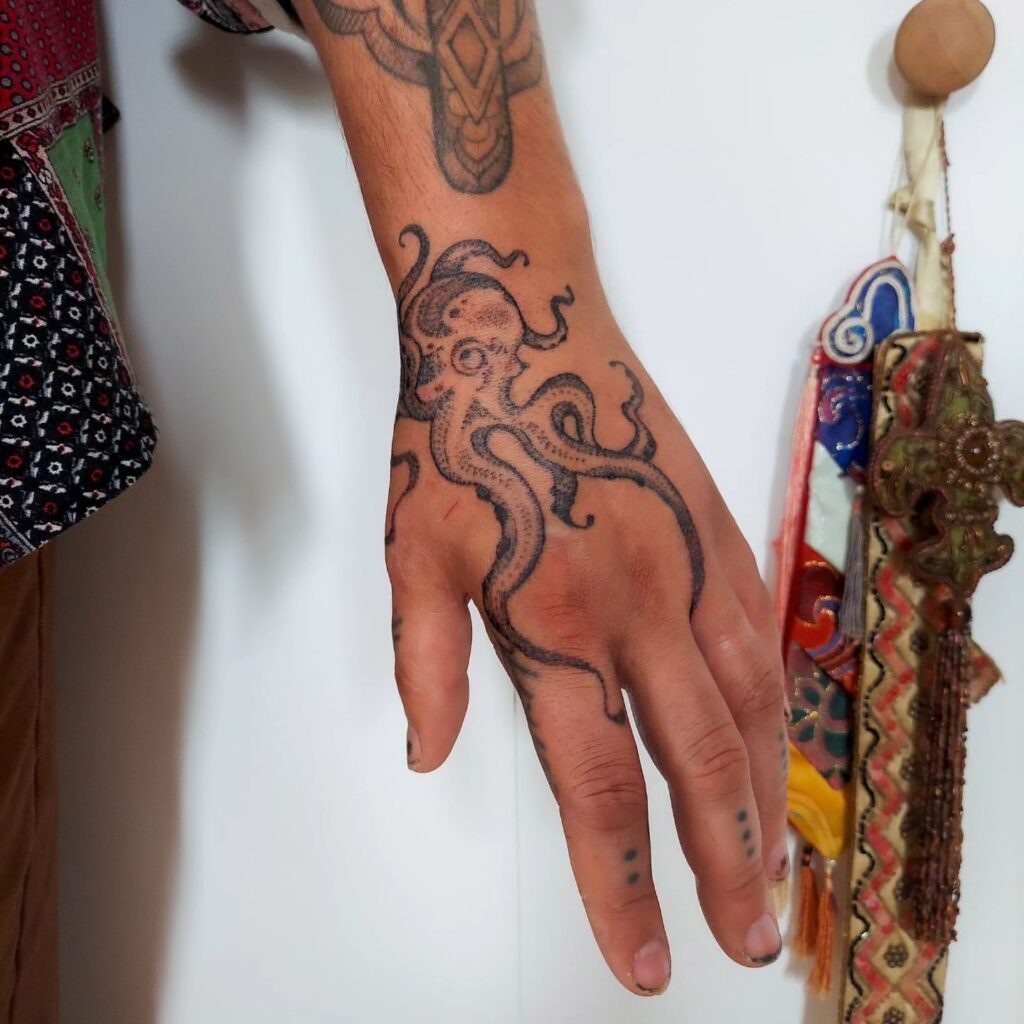
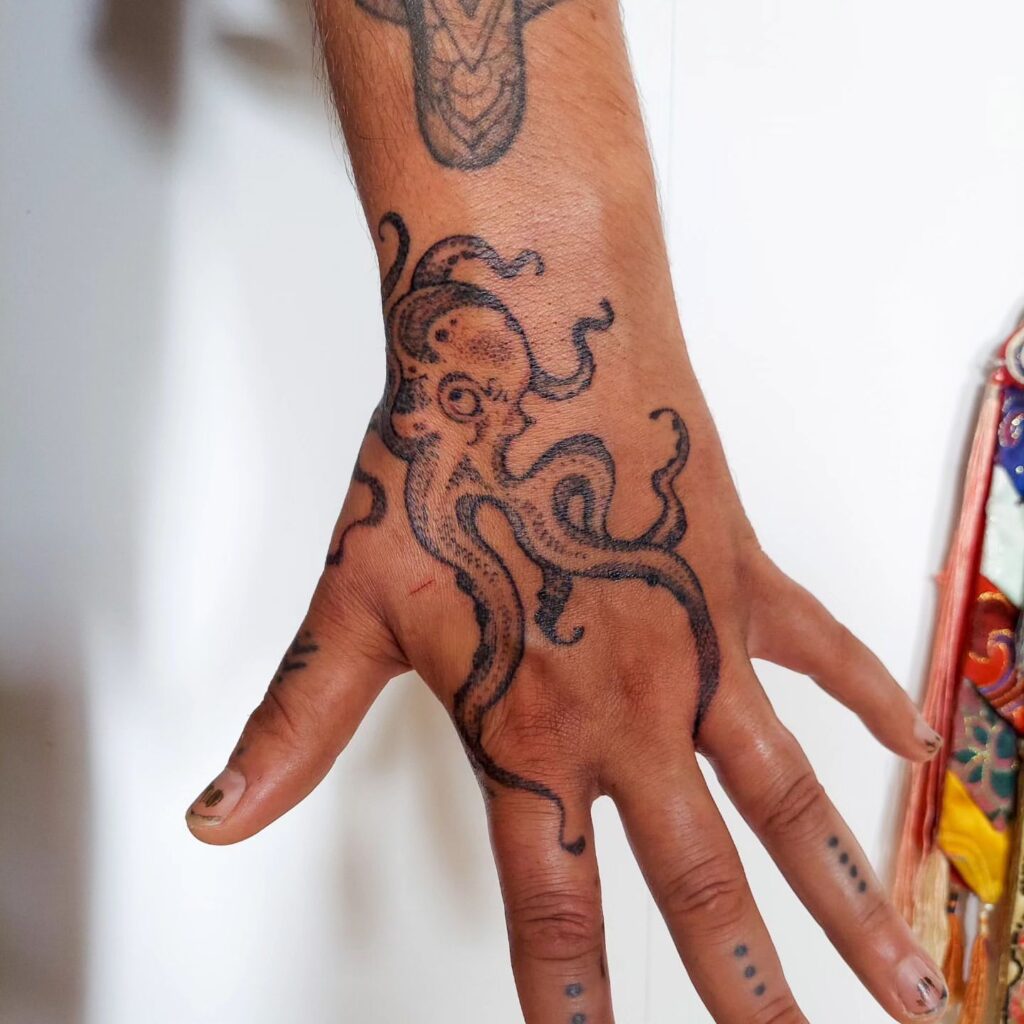
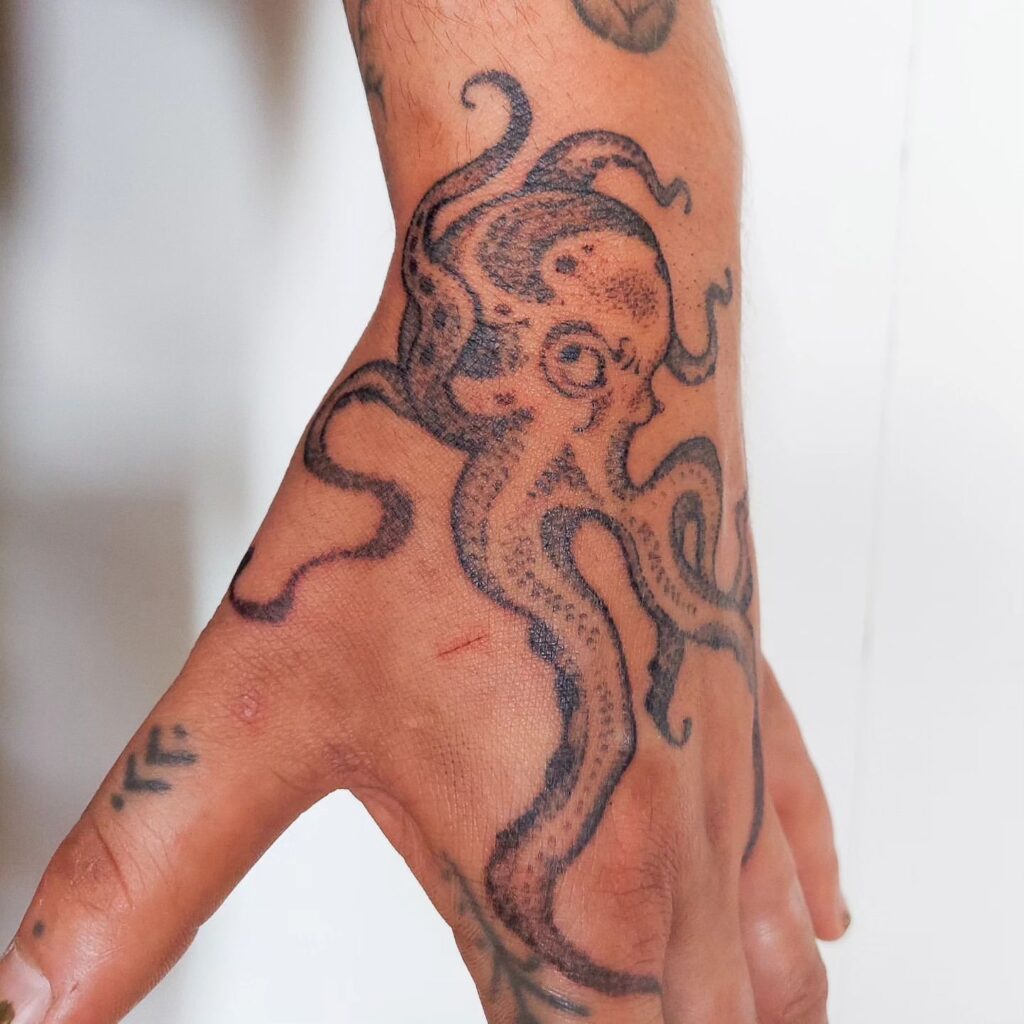


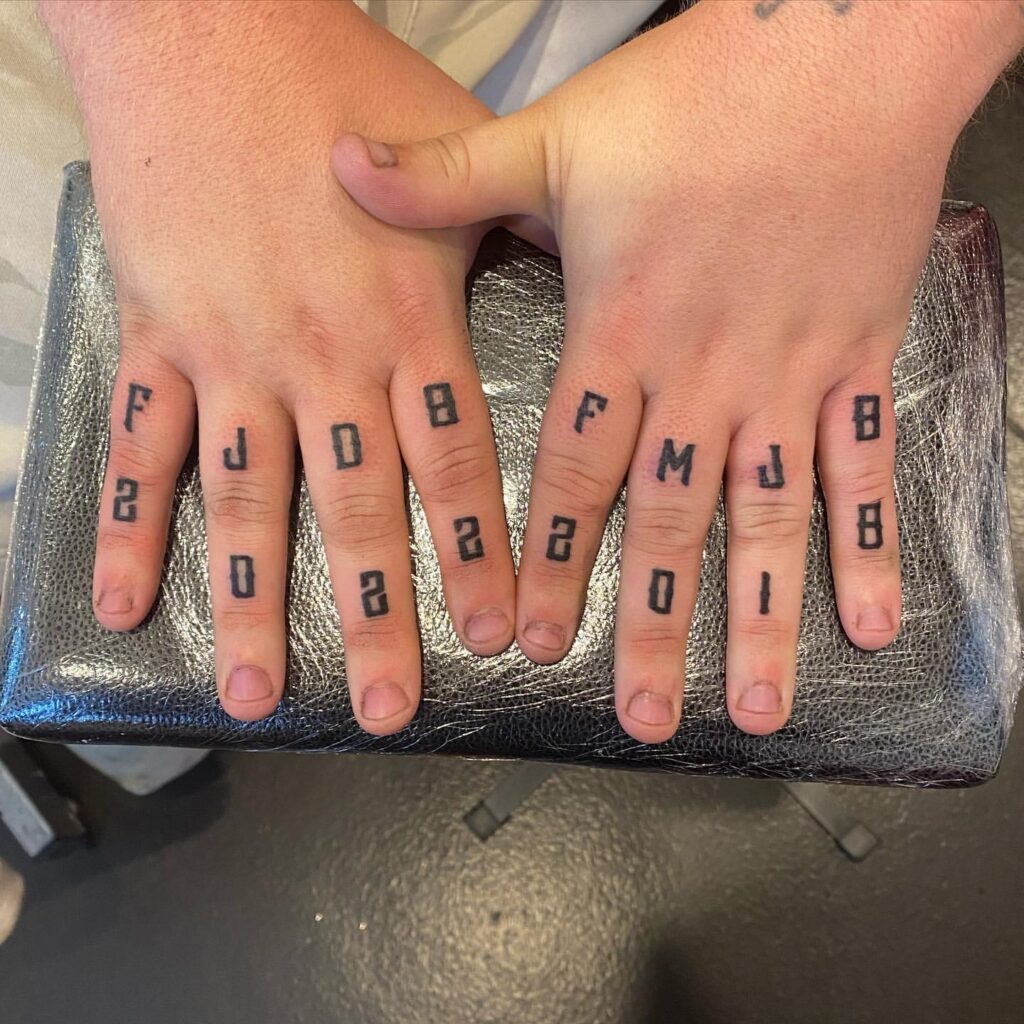
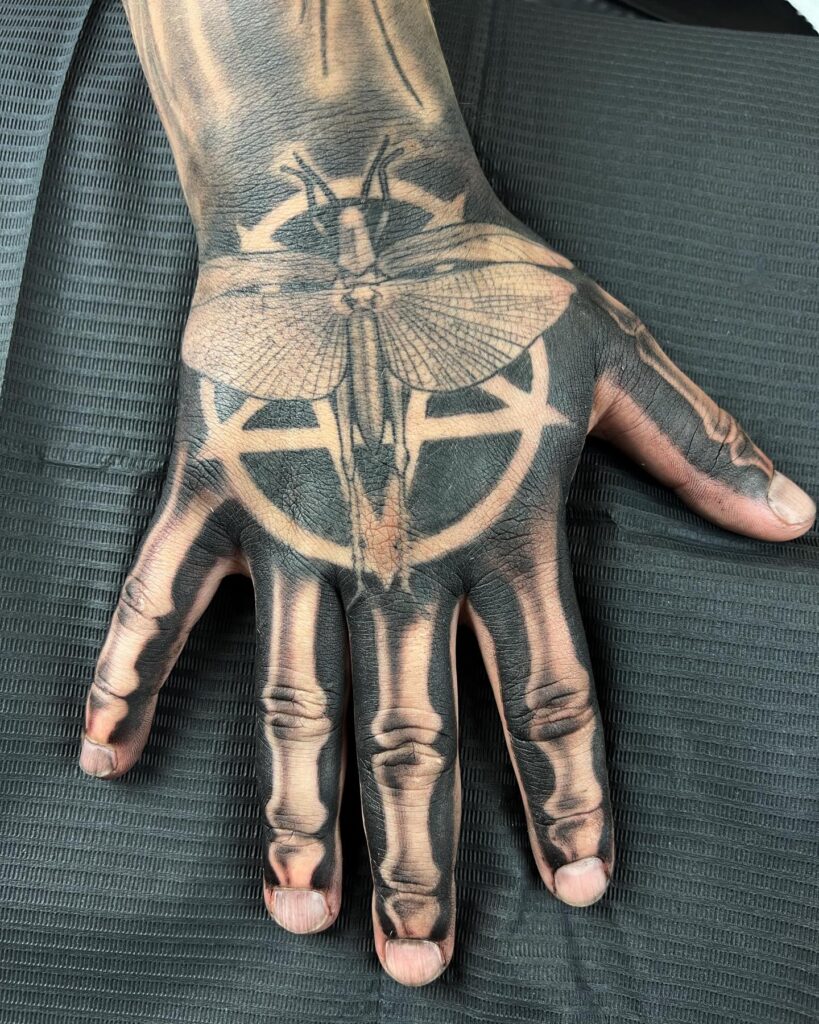

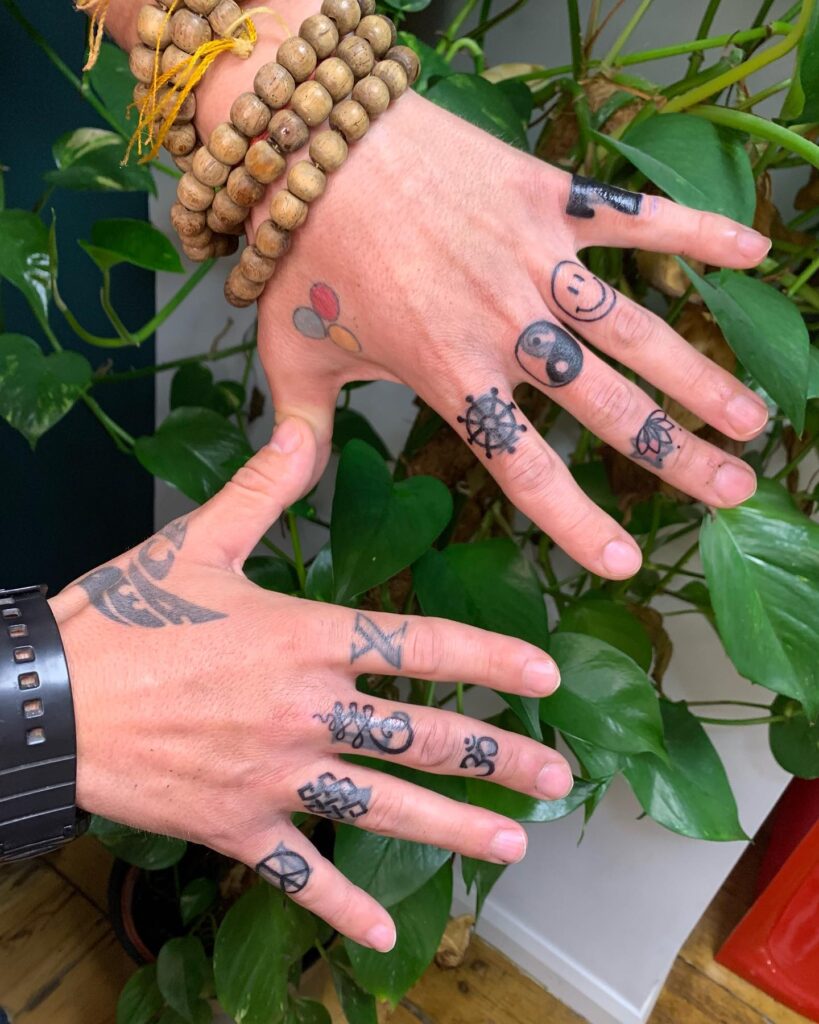
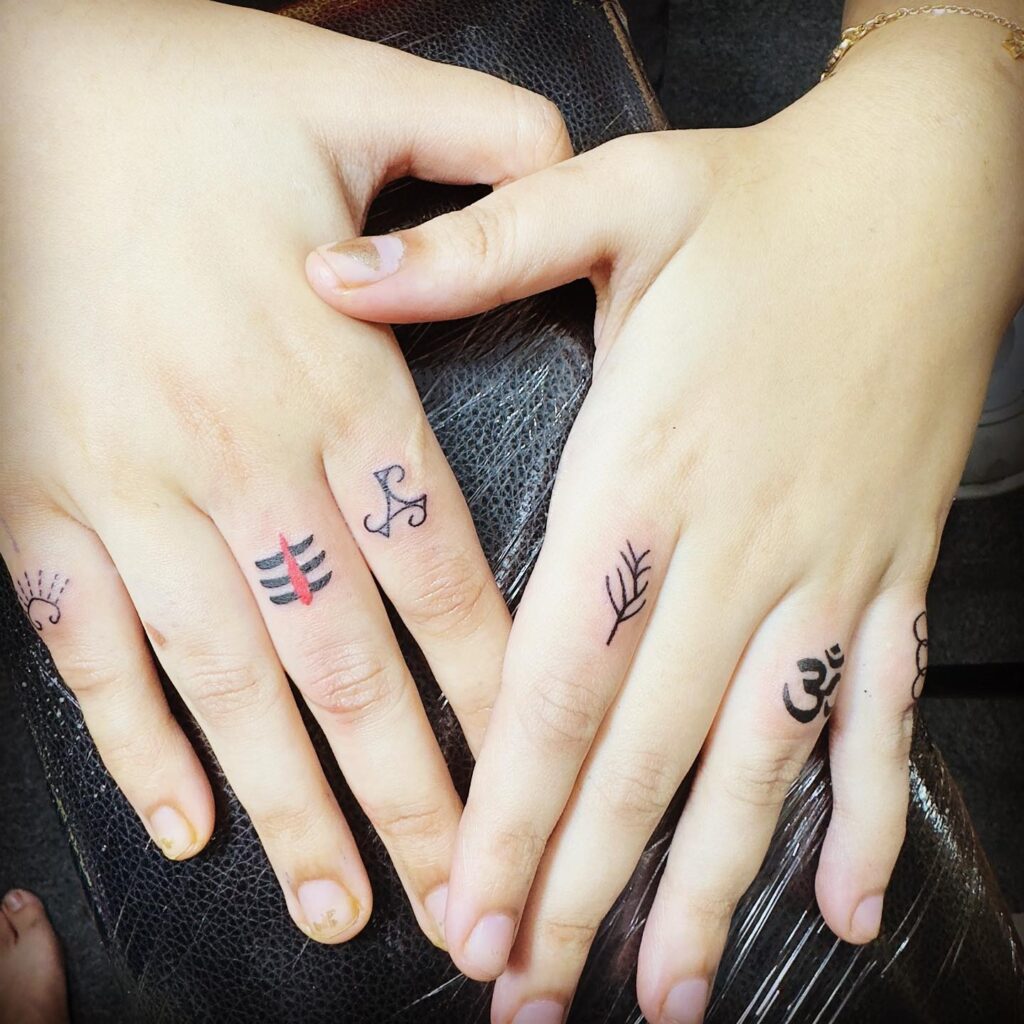
History and Cultural Significance of Finger Tattoos
Finger tattoos have a long history and cultural significance in various societies. In many indigenous cultures, finger tattoos have been used to symbolize cultural heritage, social status, or spiritual beliefs. For example, in some Native American tribes, finger tattoos were seen as a sign of bravery or an indication of specific achievements.
In recent years, finger tattoos have gained popularity in mainstream culture, but their significance and symbolism vary widely. Some people choose finger tattoos as a way to commemorate a loved one or to express their individuality. Others may view finger tattoos as a fashion statement or a form of rebellion. Overall, the cultural significance of finger tattoos is subjective and can hold different meanings for different individuals.
Popular Regions and Their Unique Finger Tattoo Styles
Different regions of the world have their own unique finger tattoo styles that showcase their cultural heritage and artistic traditions. For example, in Japan, finger tattoos known as “tebori” are popular. Tebori is a traditional Japanese tattooing technique where the ink is hand-poked into the skin using a special tool. These finger tattoos often feature intricate designs of flowers, animals, or mythological creatures.
In India, finger tattoos are an integral part of Mehndi, a traditional form of body art using henna dye. These temporary finger tattoos are often ornate and floral, applied during celebratory occasions like weddings and festivals.
In Western cultures, finger tattoos have evolved to include a wide range of styles and designs. From simple geometric shapes to intricate patterns and lettering, individuals have the freedom to choose a finger tattoo that reflects their personal style and preferences.

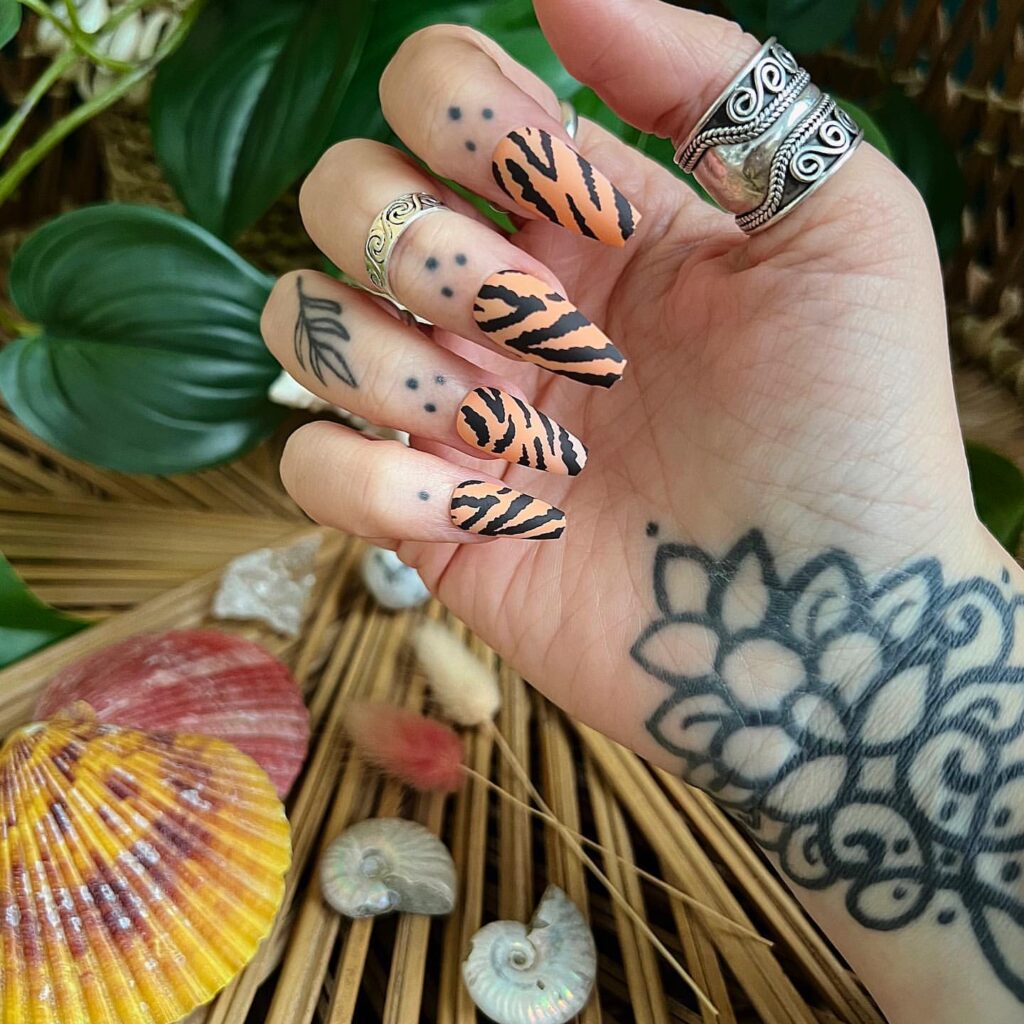
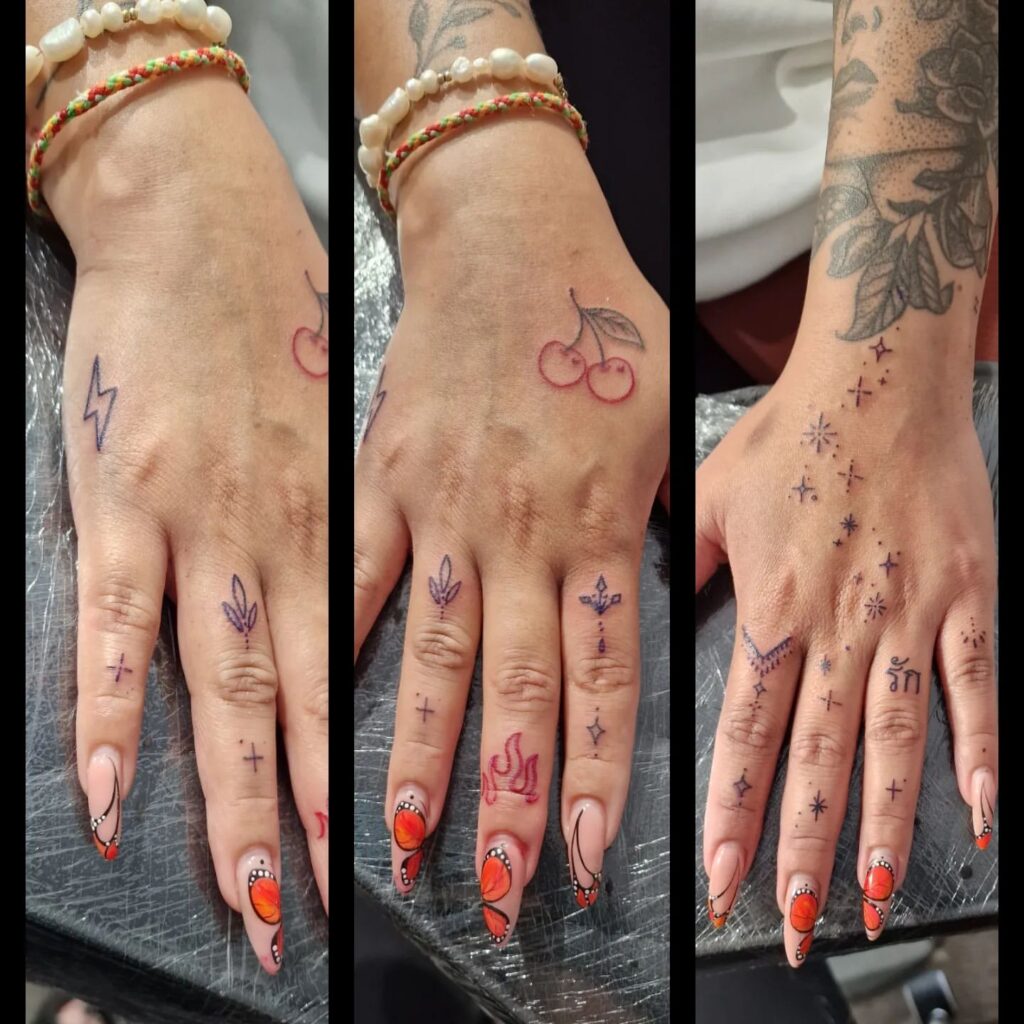
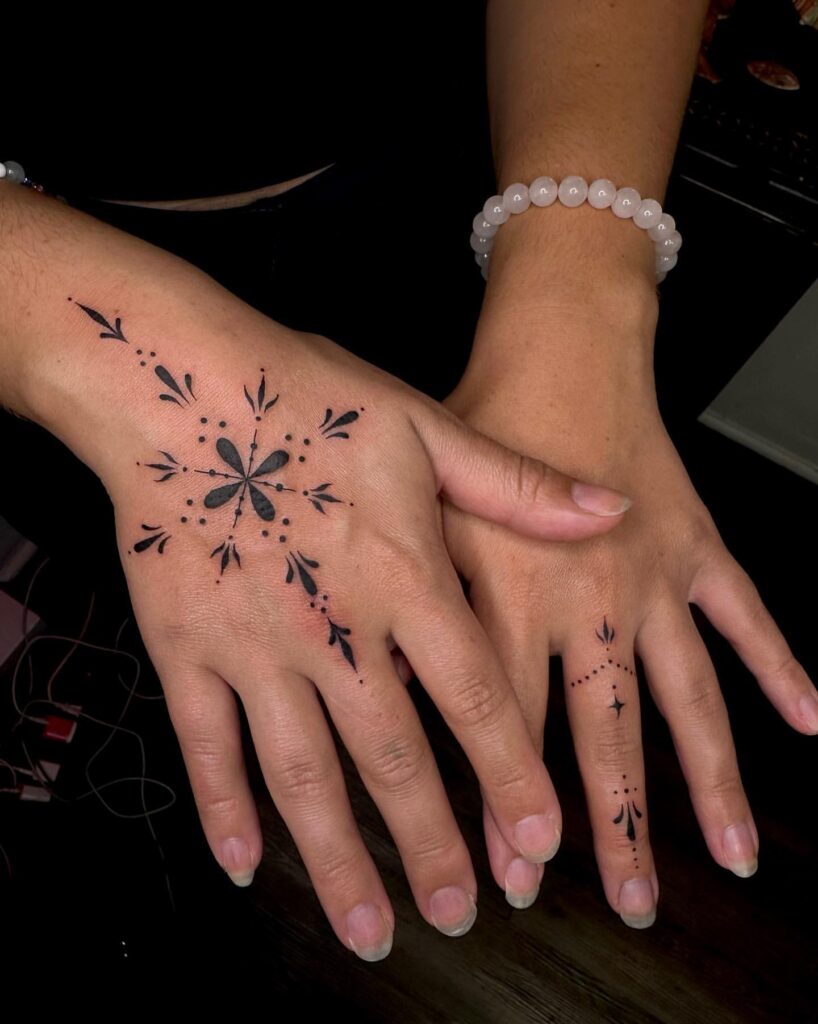
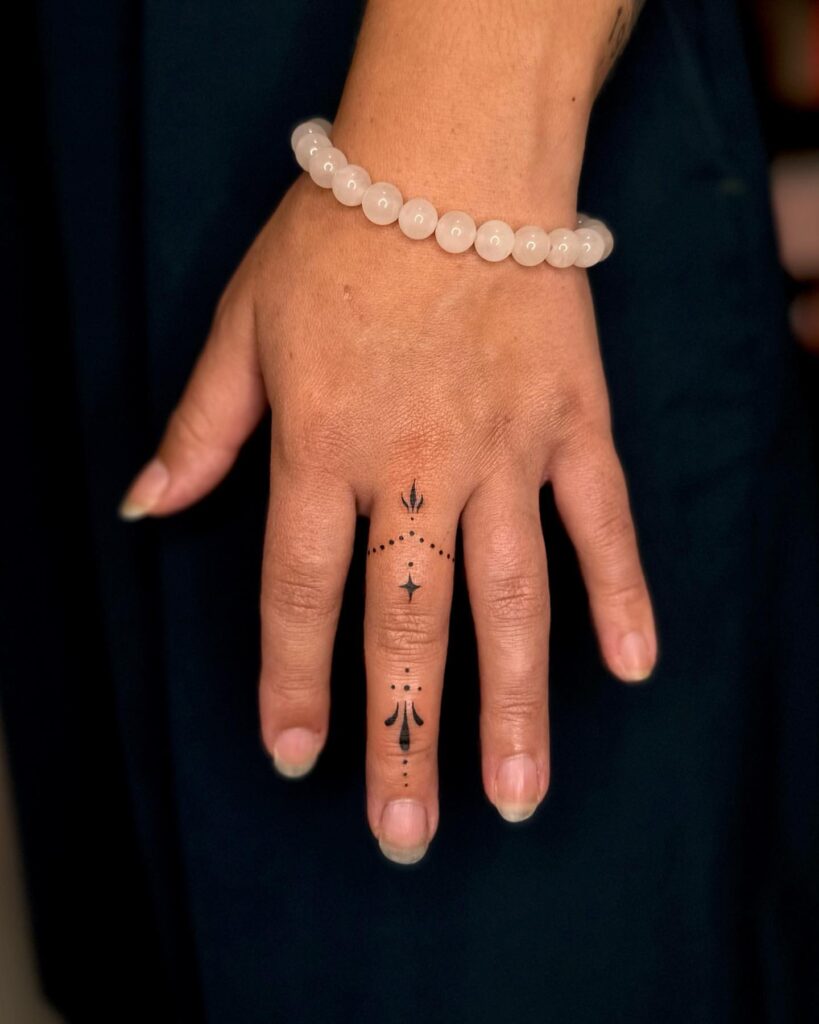
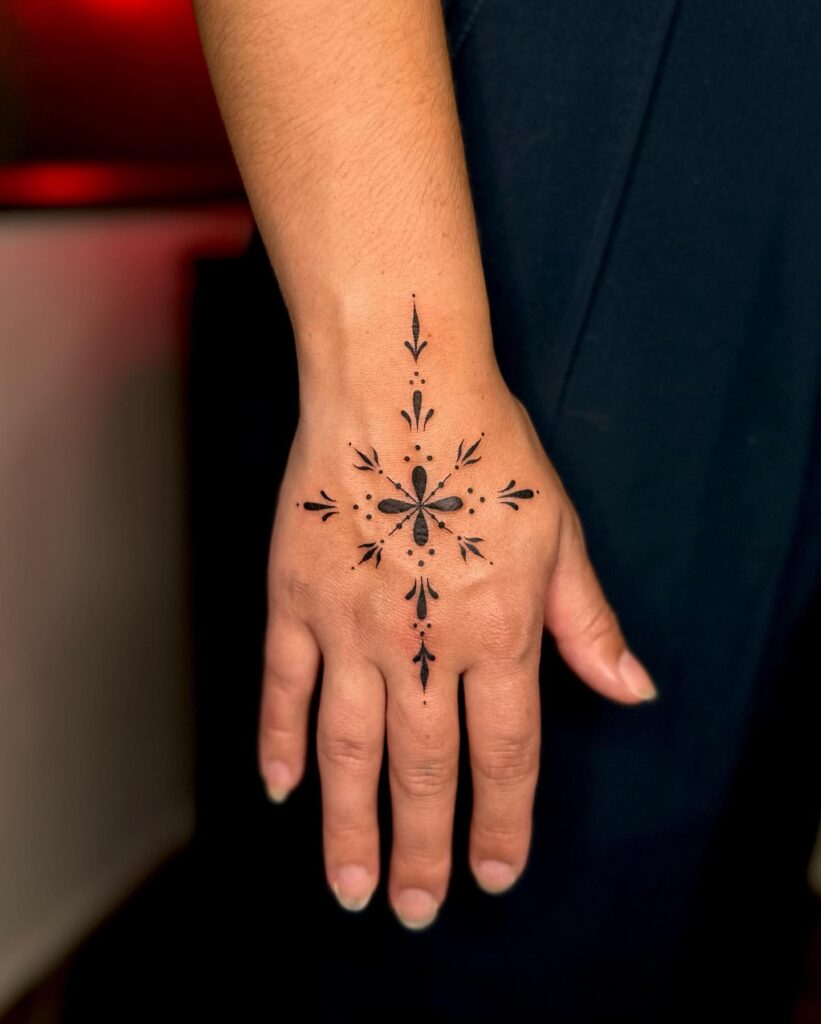
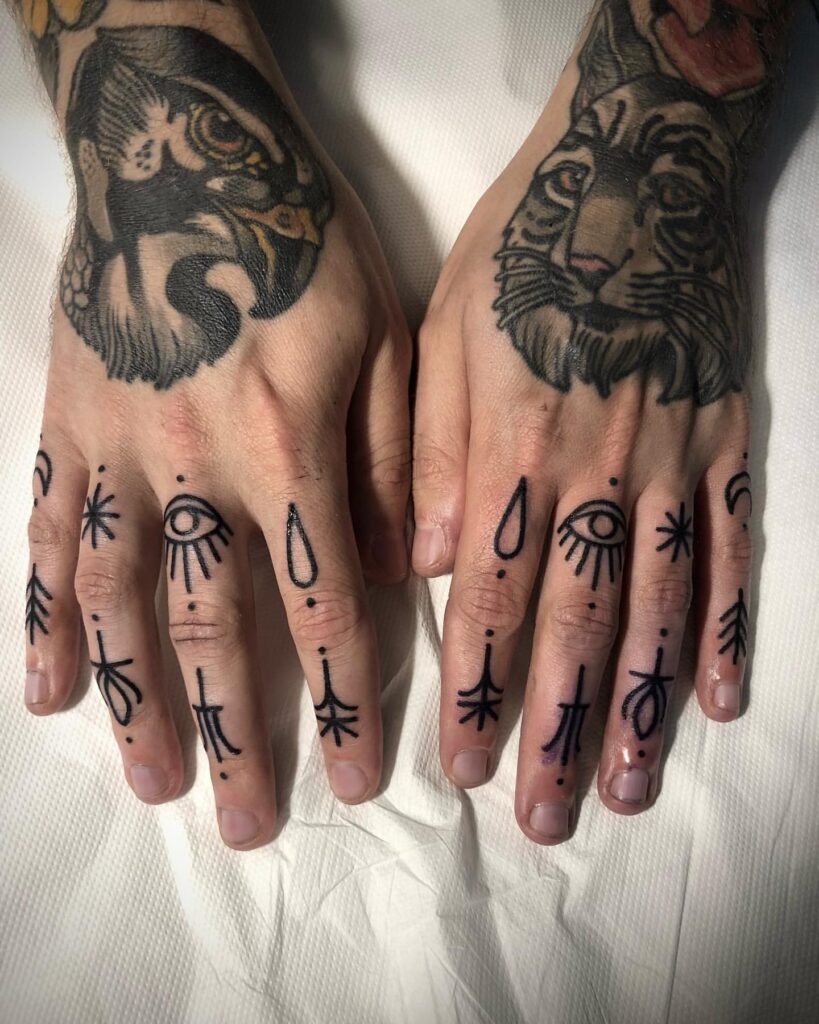
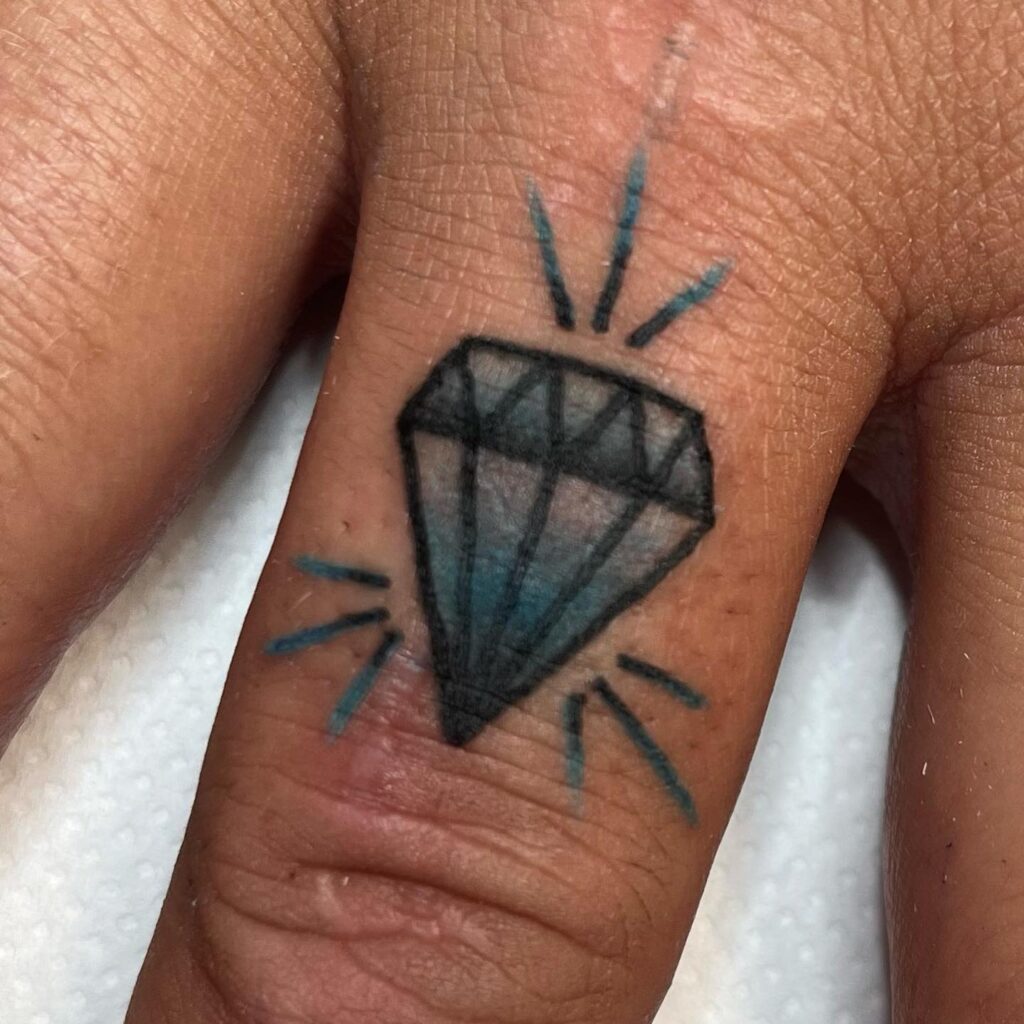

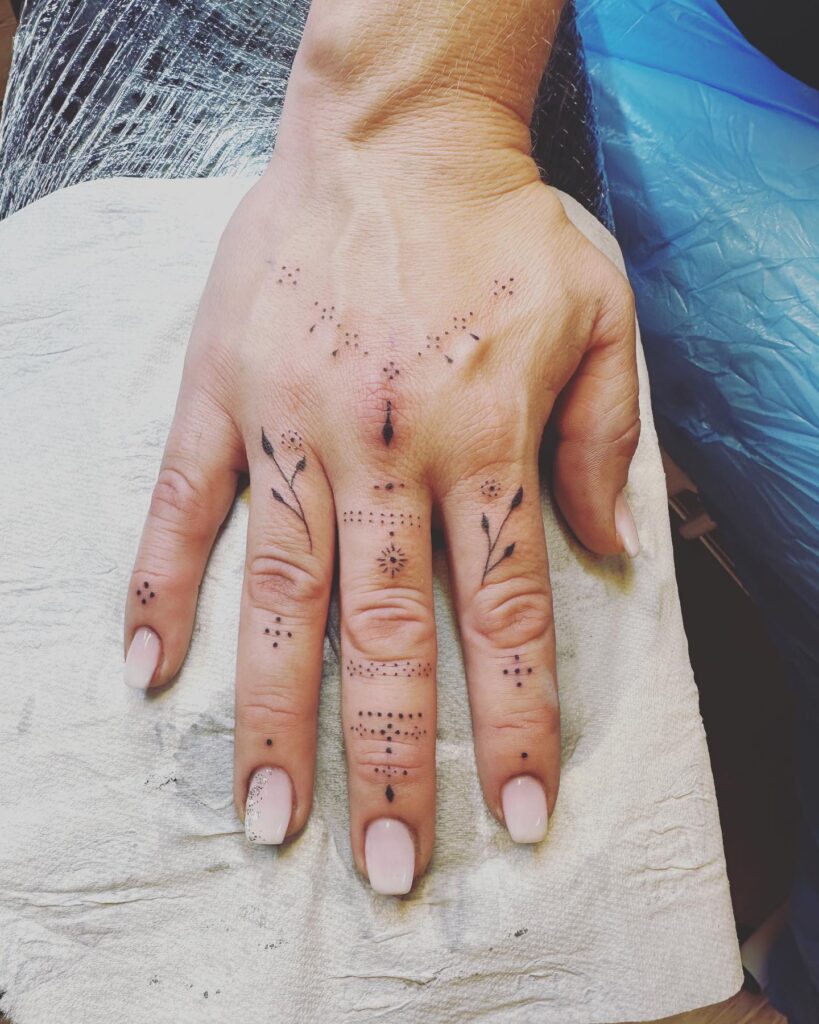
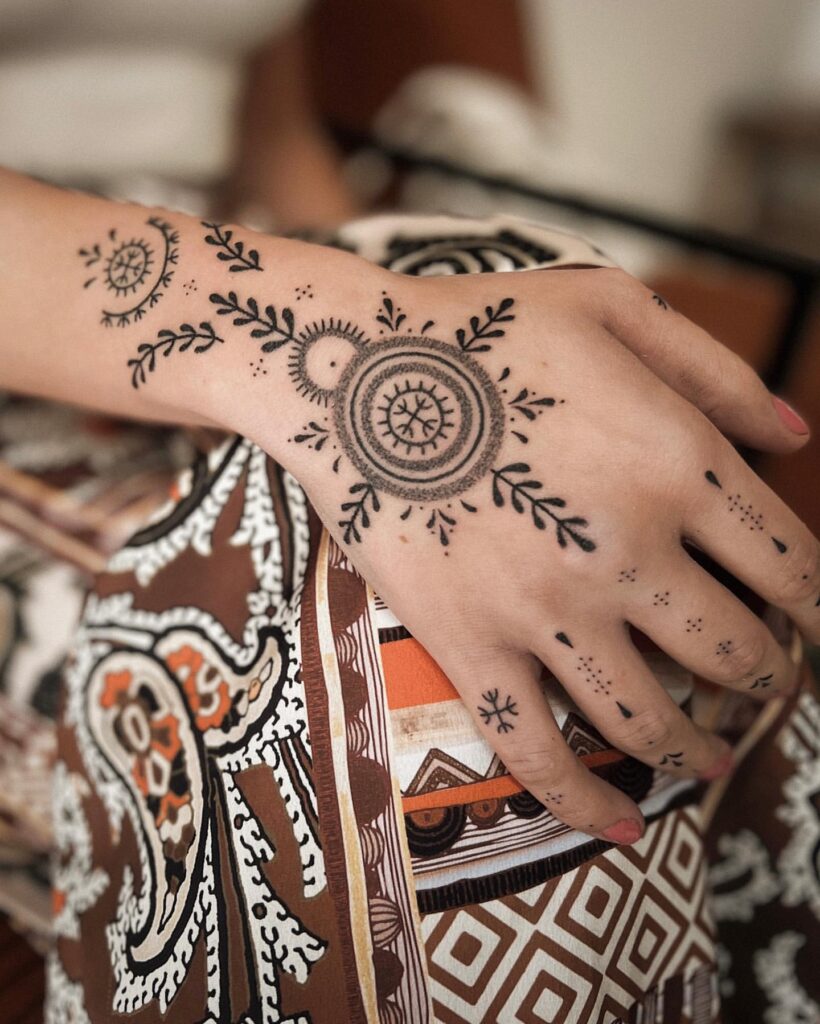
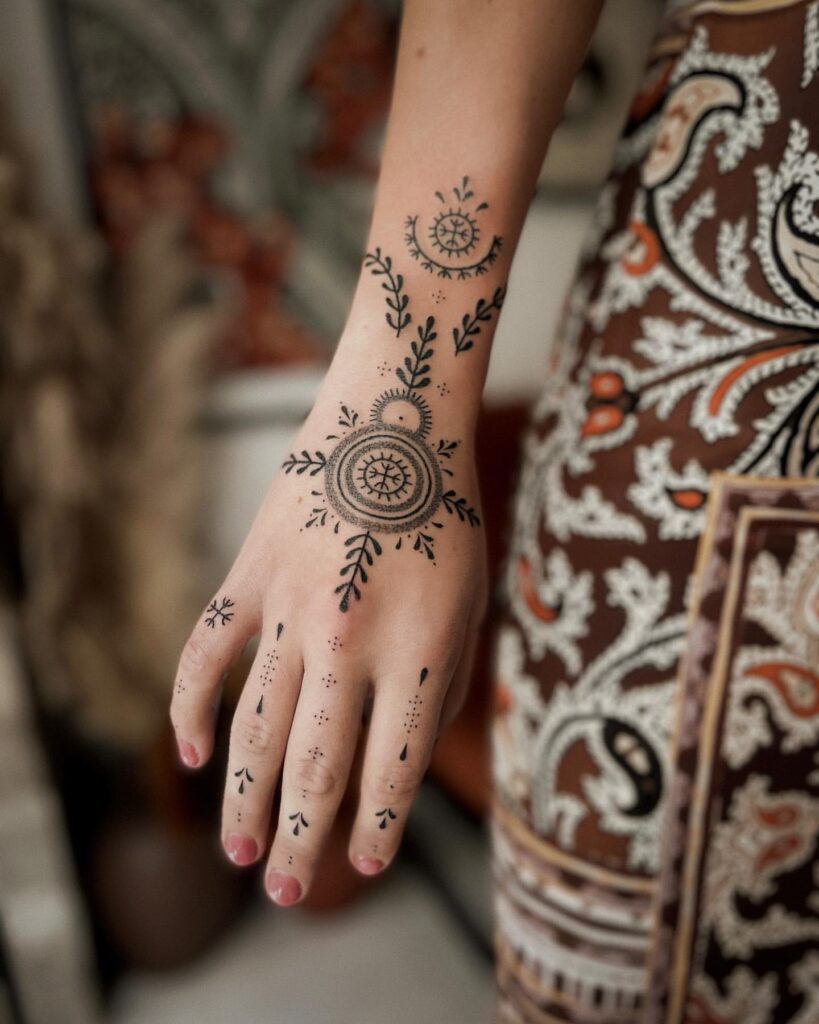
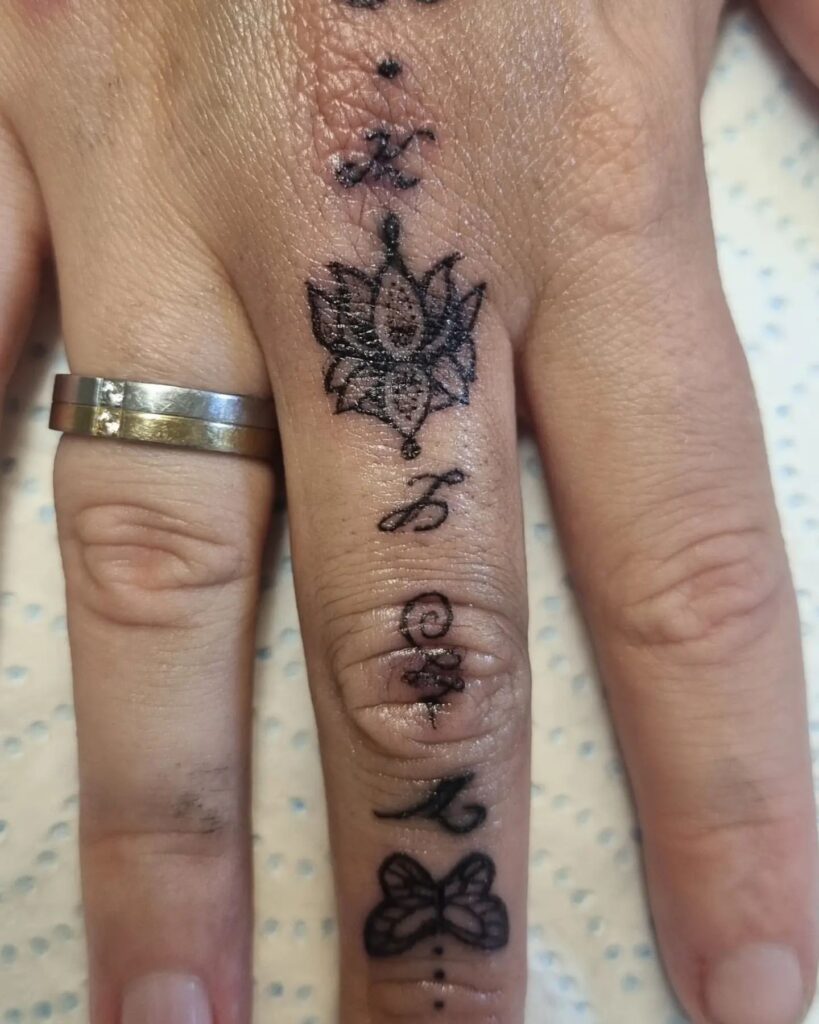
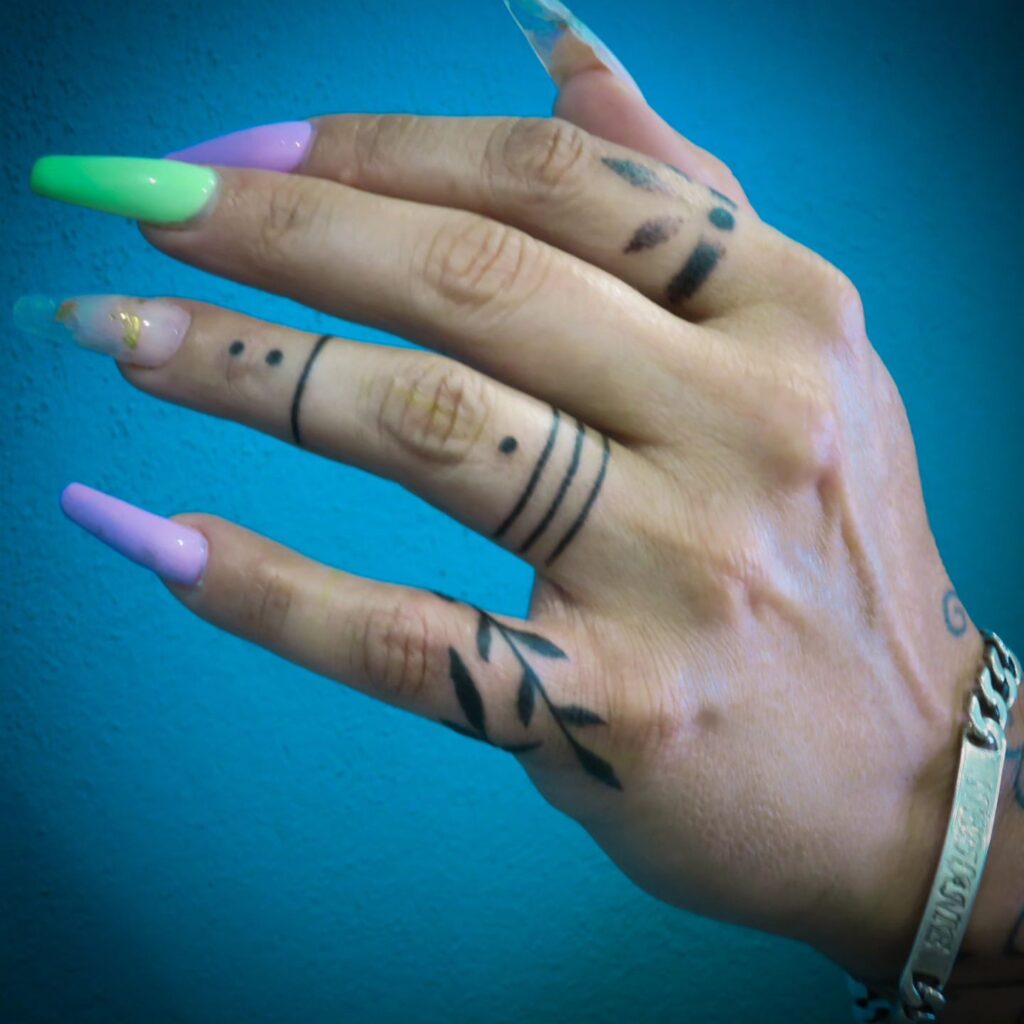
Choosing The Right Finger Tattoo
Factors to Consider When Choosing a Finger Tattoo
Before getting a finger tattoo, it is important to consider various factors to ensure a design that suits both your style and lifestyle. One major factor is the visibility of the tattoo. Unlike tattoos on other parts of the body, finger tattoos are often exposed and can be seen by others easily. Therefore, it is crucial to think about whether you want a tattoo that is discreet or one that stands out.
Another factor to consider is the size of the tattoo. Due to the limited space on the fingers, intricate designs may not be feasible or may result in a tattoo that is too tiny to be clear. The size of the tattoo should be proportionate to the finger and allow for enough detail to maintain the integrity of the design.
Suitable Designs for Finger Tattoos
When choosing a finger tattoo design, it is important to select one that fits well on the finger’s surface. Designs with clean lines and minimal shading are often recommended for finger tattoos because of the limited space. Popular finger tattoo designs include small symbols like hearts, stars, arrows, or initials. Some individuals also opt for minimalist designs, such as geometric shapes or tiny animals, to achieve a sleek and understated look.
Role of Personal Preferences and Meanings in Finger Tattoo Selection
Personal preferences and meanings play a significant role in selecting a finger tattoo. For many people, finger tattoos carry sentimental value and serve as a reminder of a meaningful person, event, or belief. It is essential to choose a design that resonates with your individuality and holds a personal significance. Whether it’s a word or a symbol, the tattoo should represent something meaningful to you and evoke a positive emotional response.
The Process of Getting Finger Tattoos
Consulting with a Tattoo Artist
Before getting a finger tattoo, it is crucial to consult with a professional tattoo artist experienced in finger tattoos. They can provide valuable insights and guidance on design choices, placement, and aftercare. The consultation also allows you to discuss any concerns, ask questions, and get a clear understanding of the process.
The Reality of Pain During Finger Tattooing
It’s important to be aware that finger tattoos can be more painful compared to tattoos in other areas. The skin on the fingers is thin, with numerous nerve endings, making it more sensitive. The pain experienced during finger tattooing can vary from person to person, but it’s generally described as a stinging or pricking sensation. However, the duration of pain is usually short-lived due to the small size of most finger tattoos.
Techniques Used in Finger Tattooing
Tattoo artists use various techniques when it comes to finger tattoos. Traditional tattoo machines are commonly used, but due to the small size and delicate nature of finger tattoos, artists may opt for hand-poking or stick-and-poke methods. These techniques involve manually depositing the ink into the skin using a needle or a small hand-held tool. Hand-poking can provide greater control and precision, resulting in finer lines and details.
Practical Limitations and Challenges of Finger Tattoos
Size Constraints of Finger Tattoos
The size constraints of finger tattoos can pose practical limitations and challenges. The limited surface area of the fingers makes intricate or large-scale designs difficult to execute. Tattoo artists may need to adapt or simplify designs to ensure clarity and longevity. It is important to work closely with the artist to create a design that can be clearly represented within the available space.
Visibility Factor and Social Perceptions About Finger Tattoos
The visibility of finger tattoos is a factor to consider as it can influence social perceptions. While tattoos are becoming more accepted in society, some professions still maintain strict policies regarding visible tattoos. Job interviews, formal events, or conservative environments can require finger tattoos to be covered or hidden. It is essential to consider your lifestyle and potential professional implications before choosing to get a finger tattoo.
Issues with Tattoo Fading
Finger tattoos are more prone to fading compared to tattoos on other body parts. This is due to several factors, including the natural movement of the fingers and exposure to constant friction. The hands and fingers are subject to frequent washing, exposure to chemicals, and everyday activities that can cause the tattoo to fade over time. It is important to be aware that finger tattoos may require touch-ups or additional care to maintain their visibility and integrity.
Challenges in Tattoo Aftercare
Proper aftercare is crucial for the healing and longevity of finger tattoos. However, finger tattoos present unique challenges when it comes to aftercare. The constant movement of the fingers can make it difficult to keep the tattoo clean and well-protected. Additionally, fingers are exposed to more frequent washing and rubbing, which can delay the healing process and increase the risk of infection. It is vital to follow the tattoo artist’s aftercare instructions carefully and be mindful of the finger tattoo’s vulnerability during the healing period.
The Longevity of Finger Tattoos
Factors Impacting the Lifespan of Finger Tattoos
Several factors influence the lifespan of finger tattoos. One significant factor is the quality of the tattoo work. Well-executed finger tattoos with expertly chosen inks and techniques are more likely to maintain their clarity and vibrancy over time. Additionally, the placement of the tattoo can also affect its longevity. Areas of the finger with less friction and exposure to sunlight may experience less fading.
Why Finger Tattoos Fade Faster
Finger tattoos tend to fade faster compared to tattoos on other body parts due to multiple factors. The thin skin on the fingers lacks a layer of subcutaneous fat, making the ink appear less vibrant. The constant movement and friction of the fingers, along with exposure to sunlight and frequent washing, can cause the tattoo to fade more quickly. These factors, combined with the natural shedding and regeneration of skin cells, contribute to the gradual fading of finger tattoos.
Different Tattoo Inks and Their Impact on Longevity
The type and quality of tattoo ink used can have an impact on the longevity of finger tattoos. High-quality tattoo inks, specifically formulated for durability, tend to hold up better over time. Black and darker ink colors generally have greater longevity compared to lighter colors. It is important to discuss ink options with the tattoo artist and choose inks that are known for their fade resistance, especially for finger tattoos.
Aftercare for Finger Tattoos
Proper Care Immediately After Tattooing
Immediately after getting a finger tattoo, it is important to follow the aftercare instructions provided by the tattoo artist. This may include keeping the tattoo covered with a clean bandage or wrap for the first few hours to protect it from dirt and bacteria. It is crucial to avoid picking or scratching the tattoo to prevent infection. Regularly applying a thin layer of ointment recommended by the artist can also promote healing and prevent dryness.
Long-term Maintenance of Finger Tattoos
To prolong the life of a finger tattoo, long-term maintenance is essential. Finger tattoos should be kept clean and moisturized regularly, but it’s important to avoid excessive moisture that could lead to maceration. Washing the tattoo gently with mild soap and lukewarm water is recommended, followed by patting it dry with a clean towel. Applying a fragrance-free and alcohol-free moisturizer can help keep the skin hydrated and protect the tattoo from drying out.
Do’s and Don’ts of Finger Tattoo Aftercare
During the healing process, there are several do’s and don’ts to ensure proper aftercare for finger tattoos. Do keep the tattoo clean, moisturized, and protected from excessive sunlight. Don’t expose the tattoo to excessive moisture, soak it in water for long periods, or pick at scabs. It’s also important to avoid wearing tight-fitting rings or jewelry that could rub against the tattoo, causing irritation or damage. Following the recommended aftercare guidelines will help promote proper healing and preserve the integrity of the finger tattoo.
Risks and Complications Related to Finger Tattoos
Common Risks Associated with Finger Tattooing
Like any form of body modification, finger tattoos come with inherent risks. Common risks associated with finger tattooing include pain, bleeding, bruising, and swelling during and after the tattooing process. The small area and delicate nature of the fingers can make the healing process more challenging and increase the risk of infection. It is important to work with a reputable and experienced tattoo artist who prioritizes hygiene and safety to minimize these risks.
Potential Allergic Reactions
Some individuals may experience allergic reactions to the tattoo ink used in finger tattoos. Allergic reactions can manifest as itching, redness, swelling, or rashes around the tattooed area. It is crucial to inform the tattoo artist of any known allergies or sensitivities prior to getting a finger tattoo. Patch tests can also be done to determine if an individual is likely to have an allergic reaction to the tattoo ink.
Infections and How to Avoid Them
Infections are a potential risk when getting a finger tattoo due to the fingers’ exposure to external elements and frequent use. To avoid infections, it is important to keep the tattoo clean and follow the aftercare instructions provided by the tattoo artist. Proper hand hygiene, avoiding submerging the tattoo in water for prolonged periods, and refraining from scratching or picking at the tattoo help minimize the risk of infection. If any signs of infection, such as increasing redness, swelling, or discharge, occur, it is important to seek medical attention promptly.
Professional Perspectives on Finger Tattoos
Workplace Policies Regarding Visible Tattoos
Workplace policies regarding visible tattoos vary across different industries and employers. Some workplaces have strict dress codes that require tattoos to be covered or concealed, while others may have more lenient policies. It is important to research and understand your employer’s specific policies regarding visible tattoos, especially on the fingers, to avoid potential conflicts or issues in the workplace.
Public Perception and Stigma
Public perception and stigma surrounding tattoos, including finger tattoos, have gradually evolved over time. While tattoos are becoming more mainstream and accepted in society, certain cultural or generational attitudes might still view tattoos unfavorably. It is important to be aware of these perceptions and consider how they may impact your personal and professional life. Open communication and respect for differing opinions can help bridge the gap and foster understanding between individuals with tattoos and those without.
Professional Advice Before Getting a Finger Tattoo
Before getting a finger tattoo, it is valuable to seek professional advice from tattoo artists who specialize in finger tattoos. They can provide insights, recommendations, and practical advice based on their experience and expertise. It is important to have a thorough consultation with the artist, ask questions, and communicate your expectations to ensure a successful and satisfying tattooing experience.
Covering and Removing Finger Tattoos
Options for Tattoo Cover-ups
If there is a need to cover a finger tattoo temporarily or permanently, several options are available. One option is using specialized makeup products, such as concealer or foundation, specifically formulated to cover tattoos. These products can provide temporary coverage and are often used for special occasions or professional settings where tattoos might need to be hidden.
For those seeking a more permanent solution, tattoo cover-up techniques can be employed. Skilled tattoo artists can design and execute a new tattoo that effectively covers the existing finger tattoo. This technique requires careful planning, design considerations, and expertise to create a seamless and aesthetically pleasing cover-up.
Tattoo Removal Procedures and Their Efficiency
In situations where complete removal of a finger tattoo is desired, several tattoo removal procedures can be considered. Laser tattoo removal is the most common method used for overall tattoo removal. However, due to the delicate nature of finger tattoos, the effectiveness of laser removal can be limited. Multiple sessions may be required, and complete removal may not always be achievable, as finger tattoos can be more resistant to laser treatment compared to tattoos on other body parts.
Impact of Tattoo Removal on Finger Skin
Tattoo removal, regardless of the method, can have an impact on the skin. Finger skin is particularly sensitive and delicate, and removing a tattoo may result in scarring, discoloration, or texture changes. It’s important to consult with a qualified professional experienced in tattoo removal to understand the potential risks and outcomes before undergoing any removal procedure.
Famous Personalities with Finger Tattoos
Celebrities and Their Finger Tattoos
Many celebrities have embraced finger tattoos as a form of personal expression. Rihanna, for example, has several finger tattoos, including a trail of stars on her neck and a tattoo of the word “shhh” on her index finger. Miley Cyrus also has multiple finger tattoos, including a heart and a peace symbol. These celebrity finger tattoos often attract attention and inspire others to get their own finger tattoos.
Impact of Celebrity Finger Tattoos on Tattoo Trends
Celebrity finger tattoos have a significant impact on tattoo trends, as fans and followers often seek to emulate their favorite celebrities. When a celebrity showcases a new finger tattoo, it can spark a surge in popularity for similar designs or styles. The influence of celebrities on tattoo trends serves to normalize and further popularize finger tattoos, making them more socially acceptable and accessible to a wider audience.
Unique and Noteworthy Finger Tattoos of Celebrities
Celebrities’ finger tattoos often boast unique and noteworthy designs. For instance, actress and activist Emma Watson has a delicate “equal” sign tattoo on her finger to reflect her commitment to gender equality. Model and actress Cara Delevingne has a small lion tattoo on her index finger, symbolizing her astrological sign of Leo and her fierce personality. These celebrity finger tattoos demonstrate the creativity and individuality that can be expressed through this form of body art.
In conclusion, finger tattoos offer a unique and personal way to express oneself through body art. Understanding their historical and cultural significance, considering various factors when choosing a design, and following proper care and aftercare instructions are crucial for a successful finger tattooing experience. While finger tattoos come with their own set of challenges, such as size constraints and potential fading, they continue to captivate individuals looking for a visible and meaningful form of self-expression. Whether inspired by famous personalities or driven by personal preferences, finger tattoos can be a stylish and symbolic addition to one’s body art collection.


